06/04/25
Do I Need a Termite Inspection for My VA Loan?
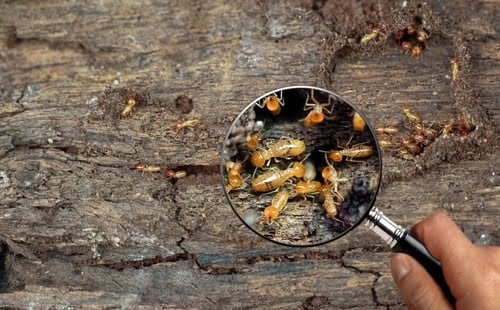
05/21/25
Plunkett’s Ranked Among Top 20 Pest Control Companies in 2025

05/21/25
Why Cockroaches Love Amarillo, Texas (And Your Home) [Infographic]

05/01/25
Ants in Your Four Corners Home: What You Need to Know
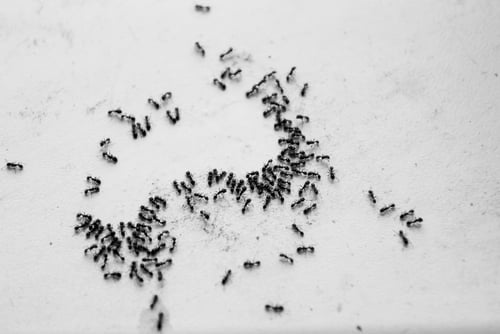
04/30/25
Common Pests in Sioux Falls & How to Avoid Them
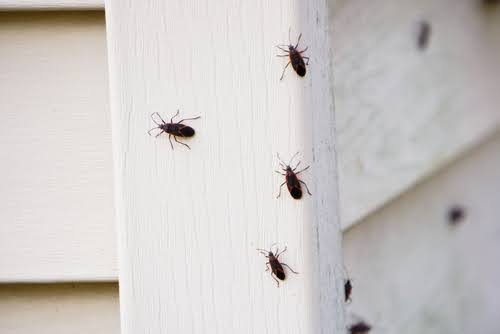
03/13/25
Signs of a Pest Infestation That You Shouldn’t Ignore

03/06/25
Tech Tips: How Mice Get in Your House

02/18/25
20 Unbelievable Facts About Termites

02/13/25
Basement Pest Control: Why Pests Love Basements

01/15/25
Carpenter Ants vs Termites: How to Tell the Difference
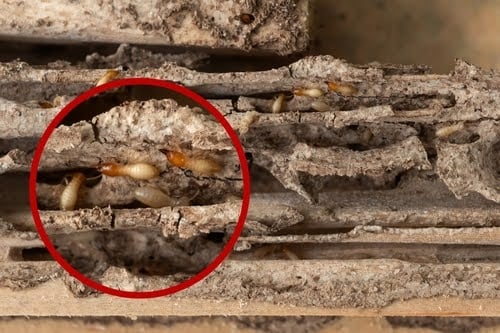
01/14/25
Silverfish: What Is This Bug in My Bathroom?
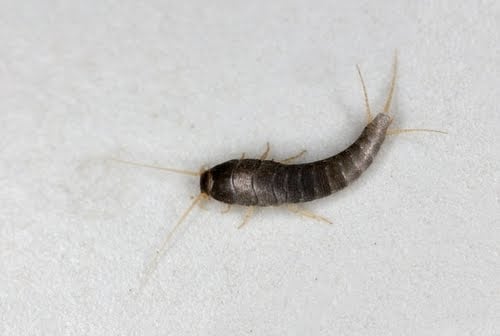
01/08/25
Infestation 101: 7 Facts About Cockroaches
01/03/25
Should I Be Worried If My Neighbor Has Bed Bugs?
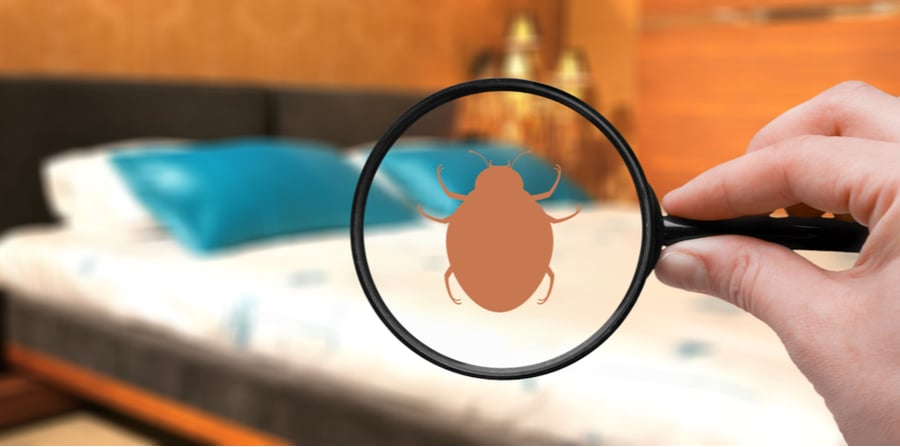
12/19/24
Why Do I Have Ants in Winter?
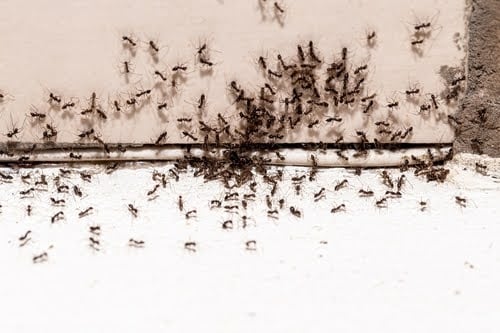
12/17/24
The Dangers of Having Mice & Rats in Your Home
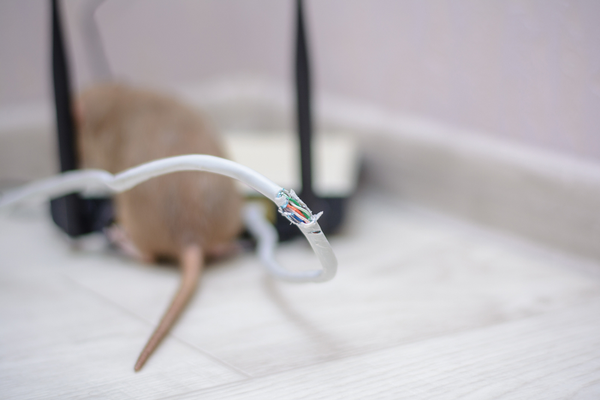
12/12/24
Dealing with Boxelder Bugs During the Winter: Prevention & Removal
11/24/24
Don’t Let the Bed Bugs Bite: 4 Habits that Prevent Bed Bugs [Infographic]
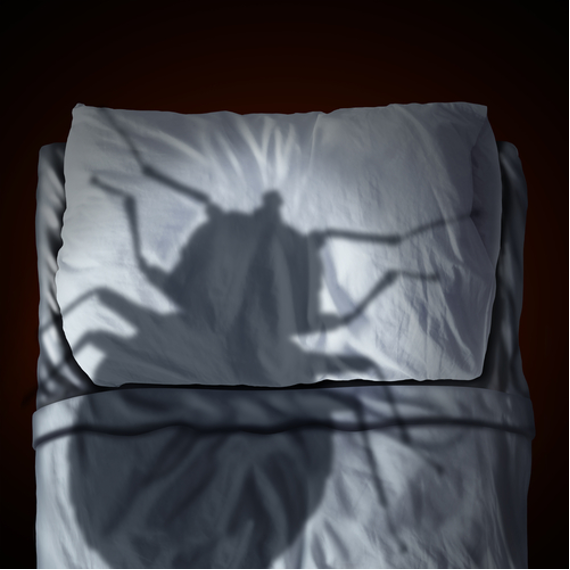
11/21/24
Where Do Wasps Go in the Winter?
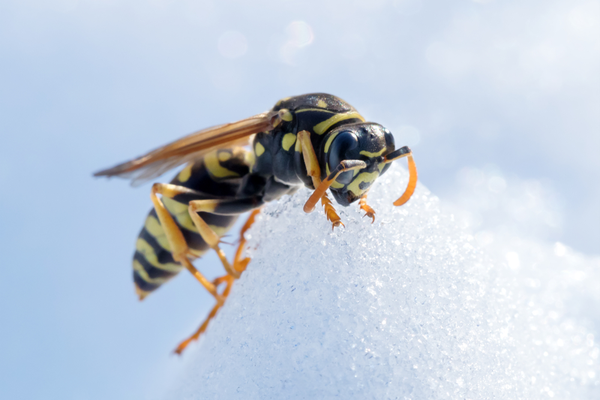
11/02/24
7 Signs of a Cockroach Invasion
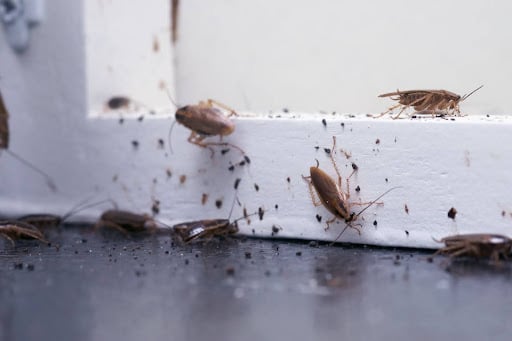
10/16/24
How to Prevent Rodent Infestations This Fall






